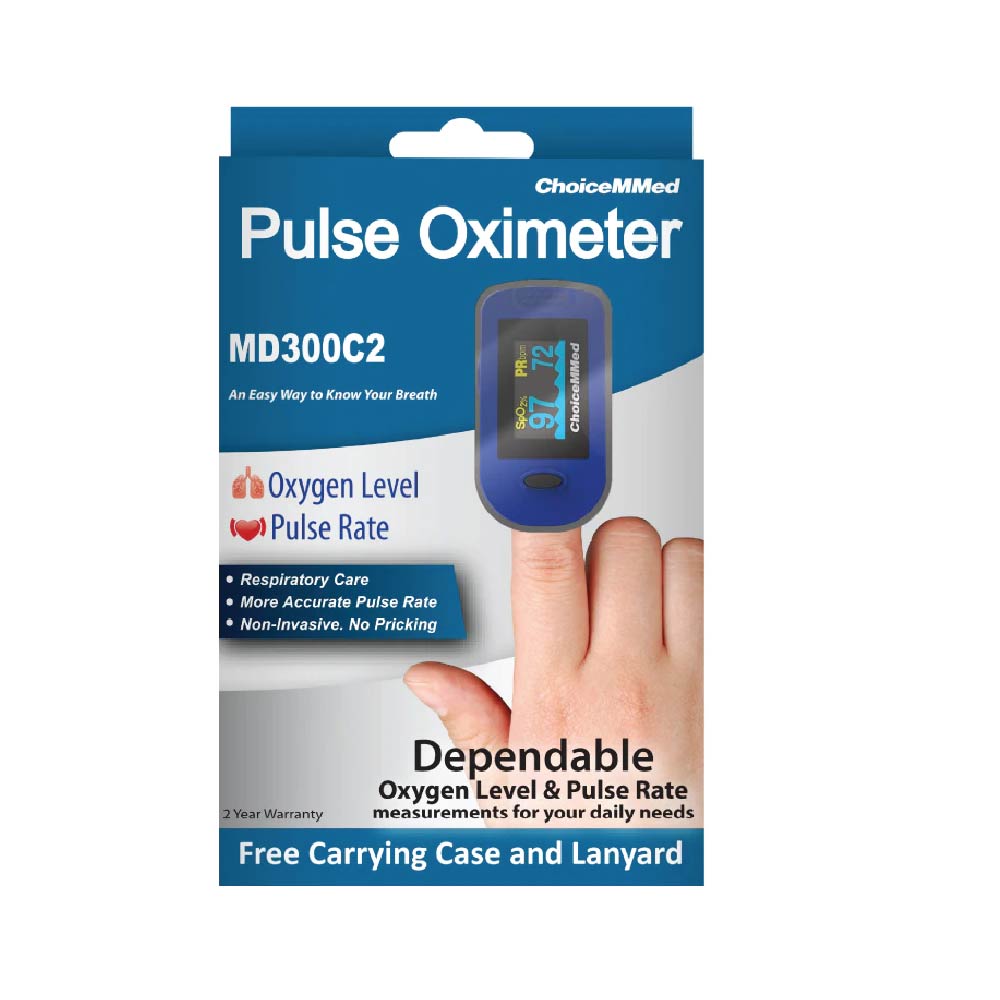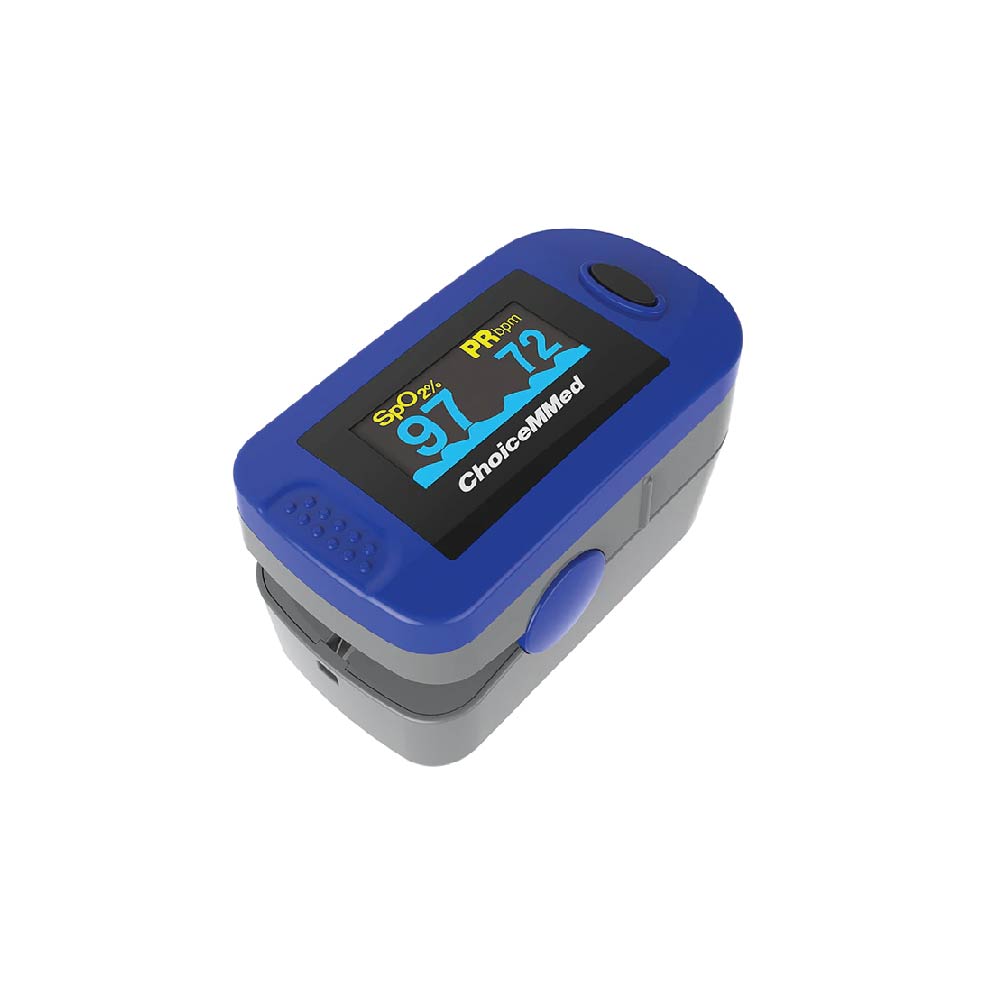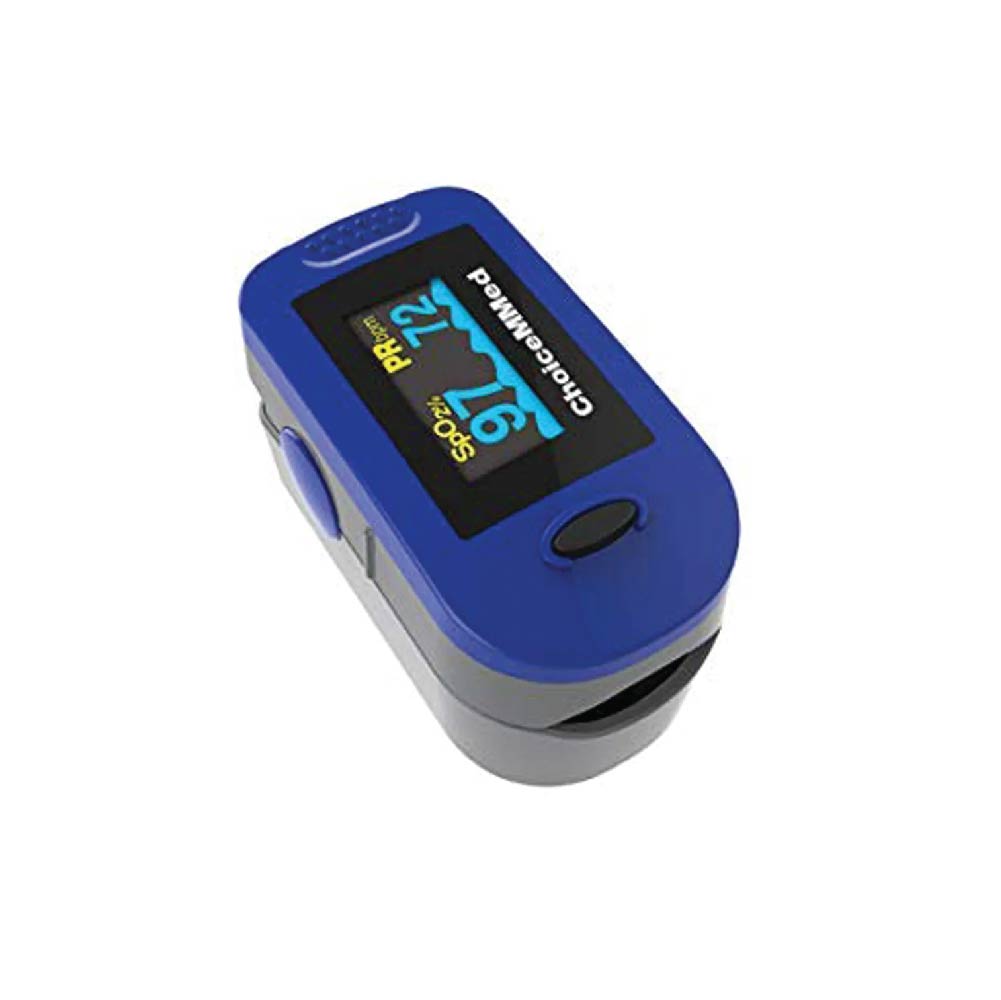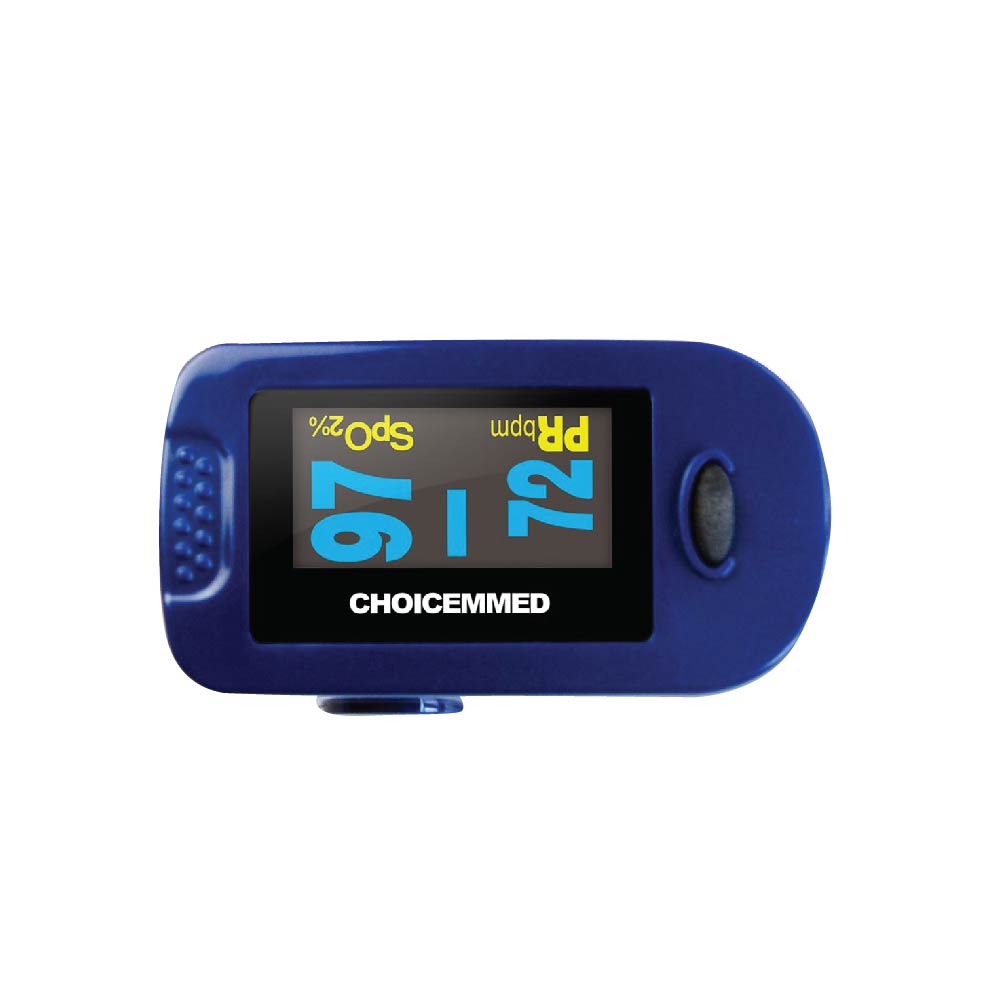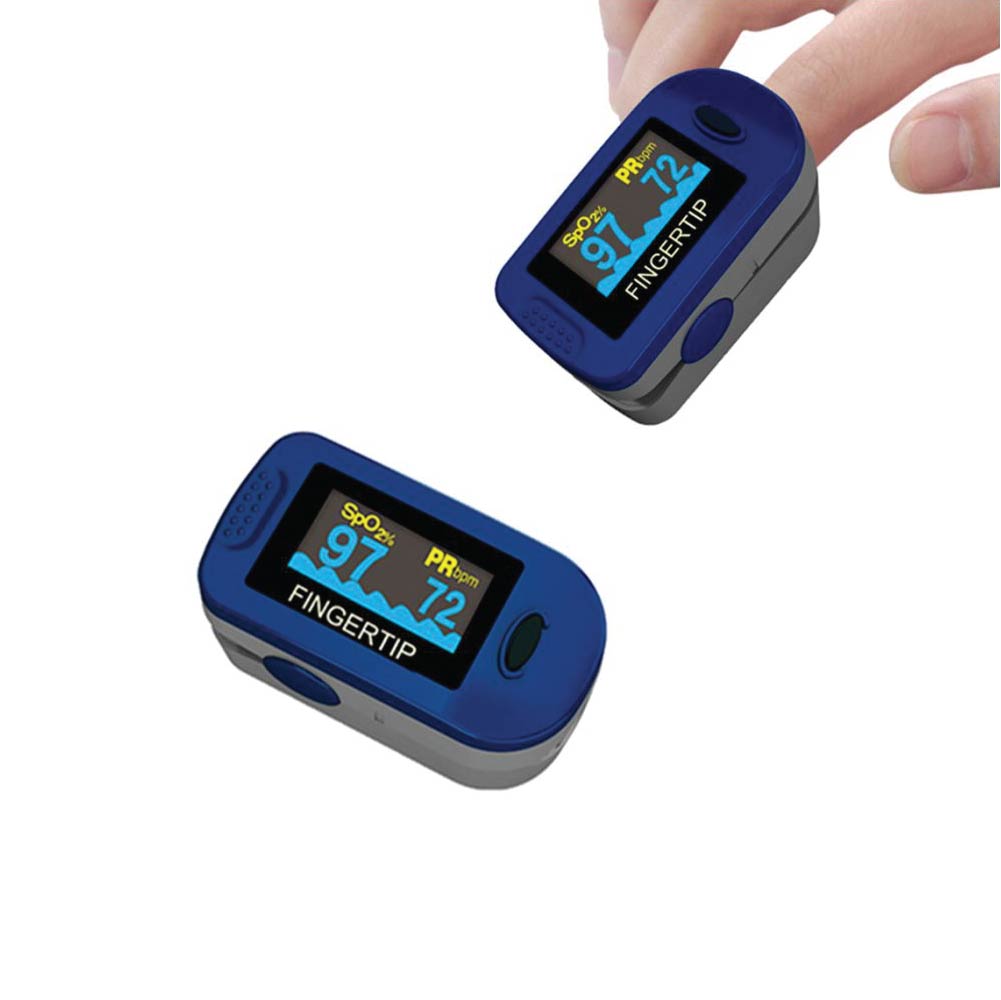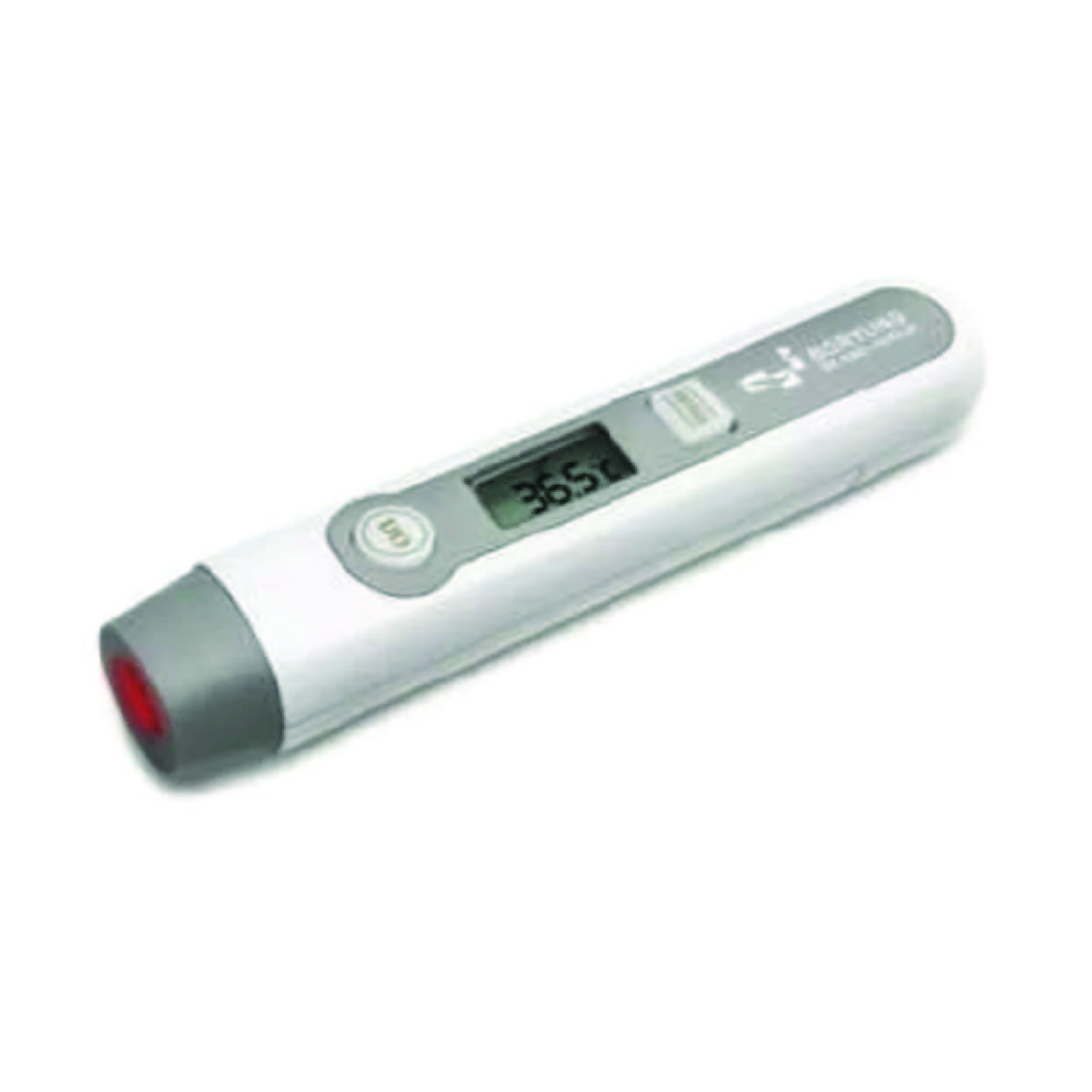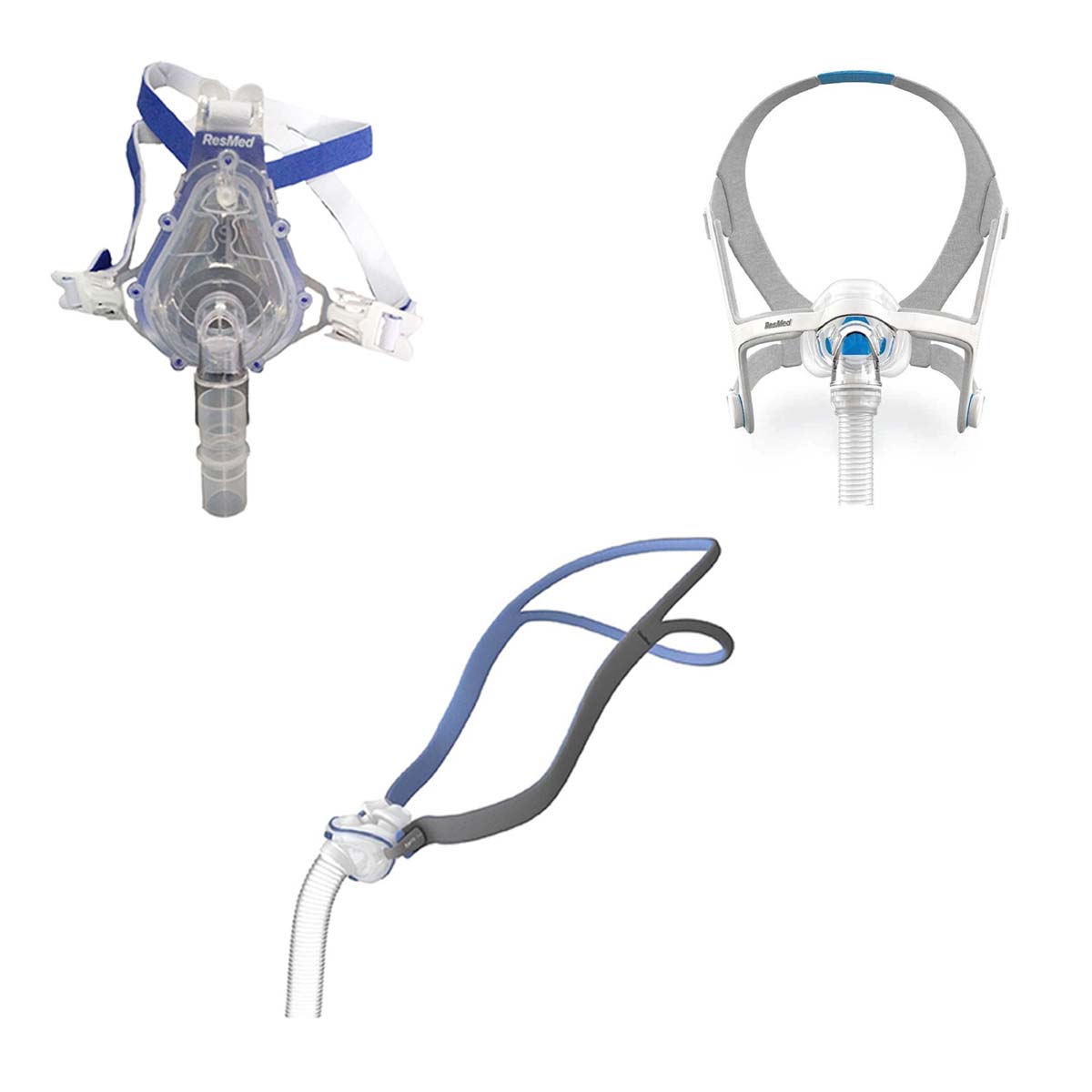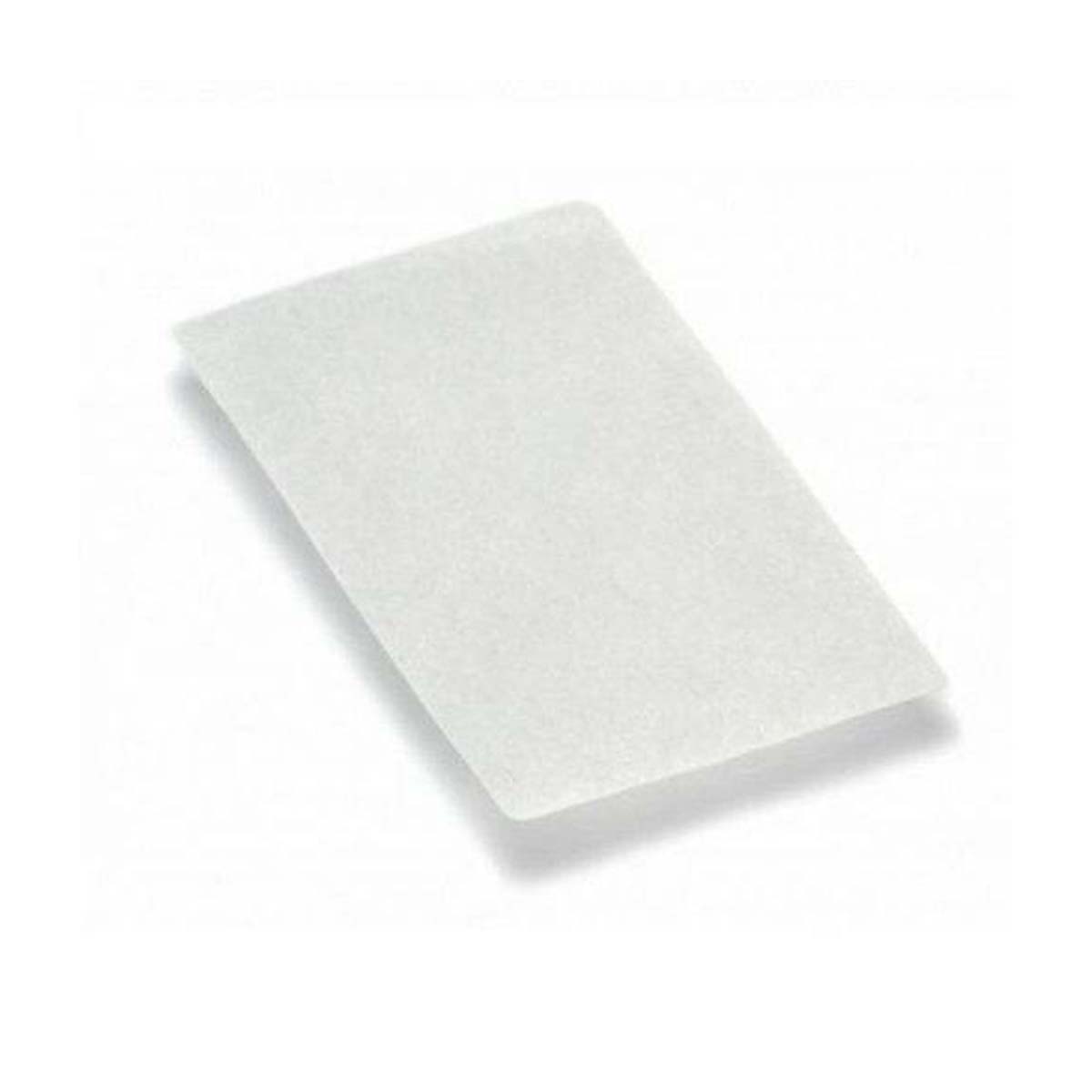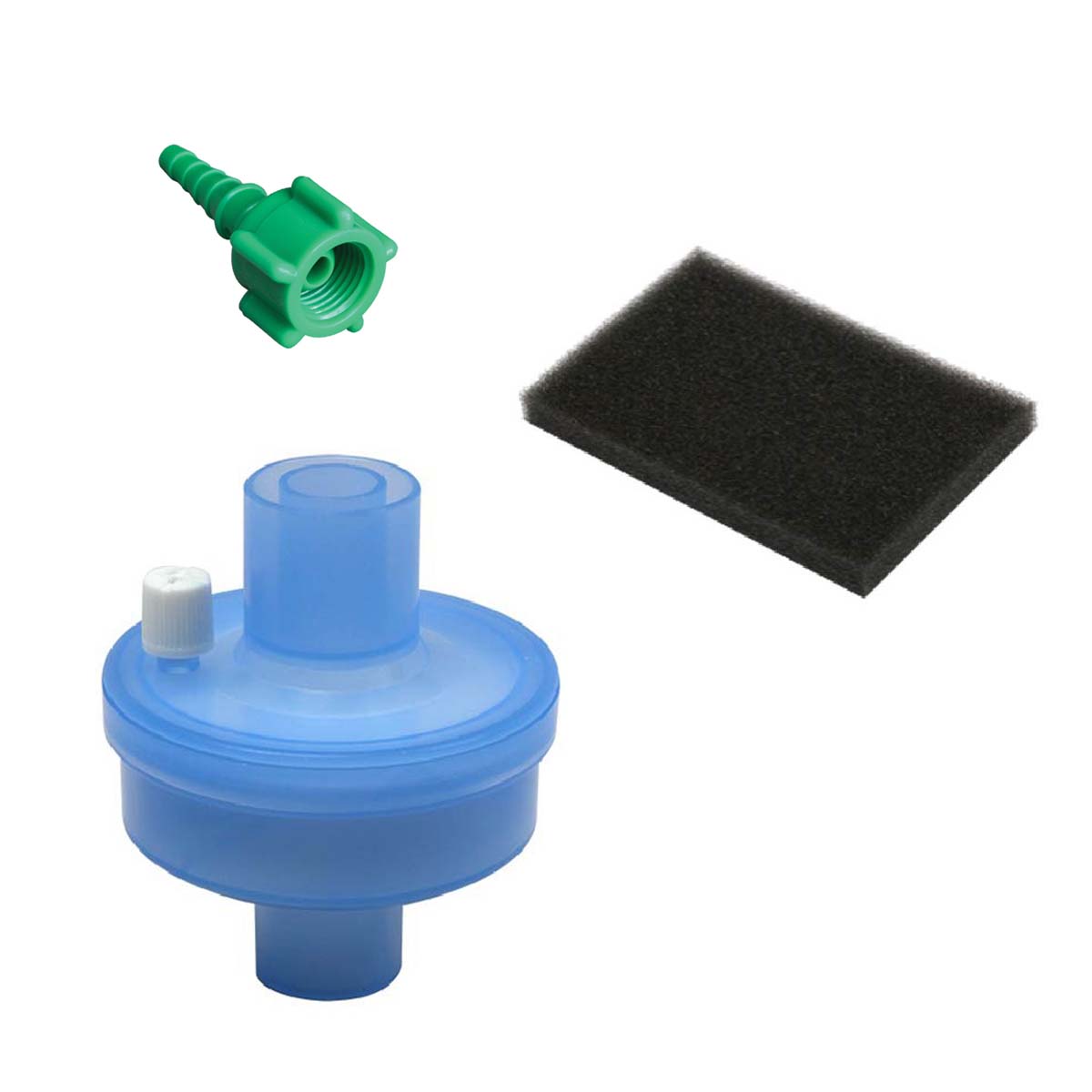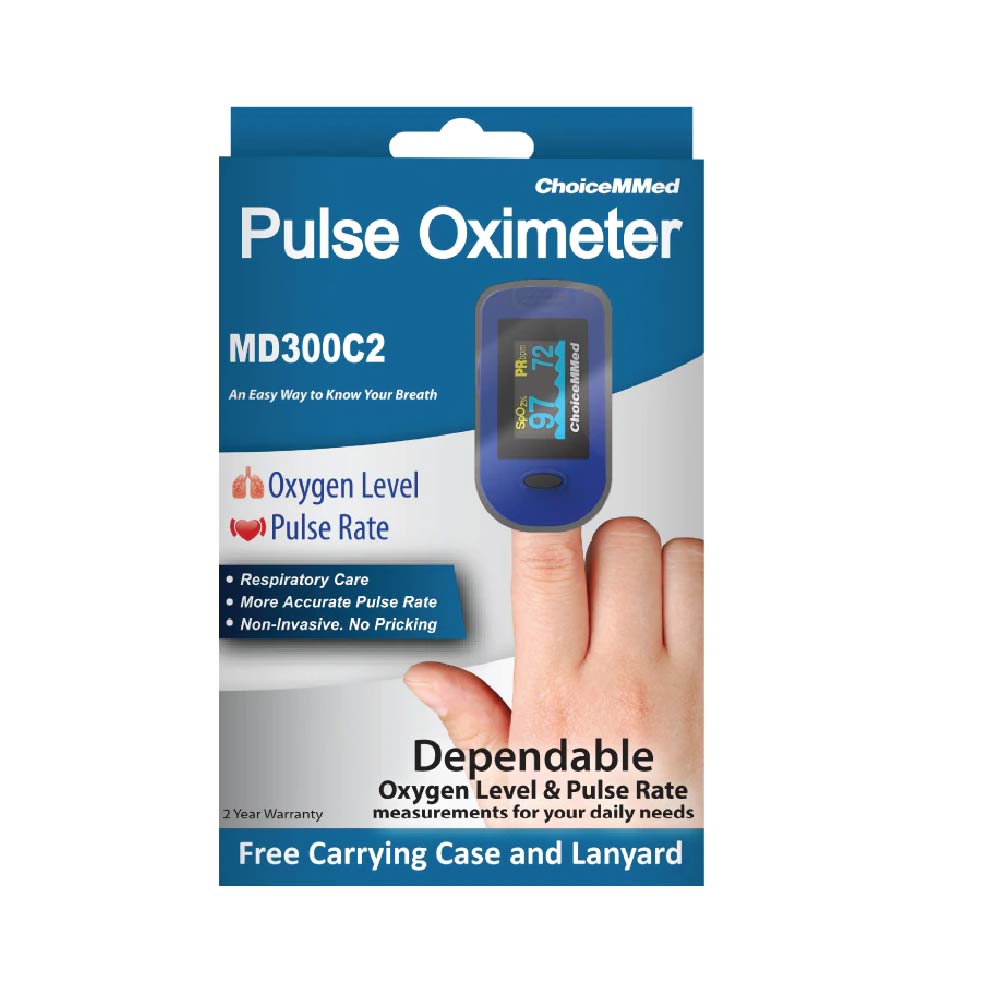Choicemmed OXYWATCH Fingertip Pulse Oximeter
Choicemmed OXYWATCH Fingertip Pulse Oximeter
Presenting ChoiceMMed OxyWatch Fingertip Pulse Oximeter C29—an affordable, reliable, and compact device that measures SpO2 (oxygen saturation) and pulse rate within seconds. This pulse oximeter is fast, non-invasive, and can accurately determine the percentage of oxygen saturation in your blood.
Buy Now Enquire NowIntroducing the ChoiceMMed OxyWatch Fingertip Pulse Oximeter C29—your go-to solution for the best pulse oximeter, an efficient oxygen monitor, and a reliable blood oxygen monitor. This compact device is designed to measure SpO2 (oxygen saturation) and pulse rate within seconds, providing you with accurate insights into your health.
In the current times, where monitoring oxygen saturation is essential, the ChoiceMMed OxyWatch stands out as a top-notch pulse oximeter. Its rapid and non-invasive functionality ensures quick and precise analysis, making it an ideal choice for home use. The LED-lit display enhances visibility, making it an effective oxygen saturation monitor that allows you to track your levels daily.
This device is particularly beneficial for individuals dealing with respiratory disorders such as chronic obstructive pulmonary disease (COPD), lung cancer, heart failure, or other chronic conditions. As an advanced pulse oximeter, the OxyWatch enables continuous monitoring of oxygen saturation levels, providing peace of mind for those managing health challenges.
How the OxyWatch Pulse Oximeter Works:
Equipped with a monitor, light detector, and sensor with light-emitting diodes, the OxyWatch pulse oximeter is simple to use. Clip the device onto the fingertip, preferably the forefinger, ensuring a warm and relaxed hand positioned below the heart level. Upon activation, the oximeter transmits two wavelengths of light (red beam and infrared light) through the fingertip tissues, calculating oxygen saturation in the blood and displaying results on the built-in screen.
With SpO2 readings ranging from 0-100%, a normal oxygen saturation level of 96% or higher is expected for a healthy individual. Readings below 92% signal poor blood saturation, prompting the need for immediate medical attention.
Important Note:
Low oxygen levels are a cause for concern and indicate a potential medical emergency. Typically, blood oxygen levels range between 94%-96%. If your oxygen concentration falls below 90% and doesn't improve with rest, it's imperative to seek supplemental oxygen and contact your physician or emergency services promptly.
Invest in your health with the best pulse oximeter, the ChoiceMMed OxyWatch C29—a versatile and accurate device that serves as both an oxygen monitor and a blood oxygen monitor, ensuring you stay on top of your well-being.

